Jump to:
Kids enjoy playhouses from around age two right through to seven or eight years. Some carry on even longer, but it’s also natural for that magic to fade. So when exactly does it happen, and what are the signs? Let’s find out.
What Age Are Playhouses For?

Playhouses are for children between the ages of two and eight. At two or three, little ones enjoy the simple things, like going inside and playing house. As they get older, their games grow bigger and the stories they make up get more exciting. They turn the playhouse into a castle, a spaceship, a shop, a school, or a hideout with friends.
Most children move on around seven or eight, though, while others may continue the fun for much longer. The style of the playhouse makes a difference here, apart from their enthusiasm. For instance:
- Plastic playhouses are great for the early years. Toddlers love the bright colours and the easy in-and-out play. The downside is they don’t last long. By the time your child is five or six, they might already have grown out of one.
- Wooden playhouses offer more value over time. They’re solid, they look good in the garden, and you can update them as the years go by. A coat of paint and new furniture can make the playhouse feel new and keep it fun all through primary school.
- Two storey playhouses are the best pick for longer play beyond age eight. With more space and height, they feel less like a toy. Teenagers can see it as their hangout spot, which keeps them interested for longer.
Overall, most children stop using a playhouse around the age of eight. However, it can be earlier or later depending on the child and the type of playhouse they have.
How Children Use Playhouses by Age

Children don’t use playhouses in the same way at every age.
Toddlers (2 to 3 years)
For the youngest children, a playhouse is more about discovery than full pretend play. They like touching the windows, knocking on the door, or bringing their favourite toys in. Also, they may copy what they see at home, such as stirring a pot or stacking cups.
Play doesn’t last long, but the playhouse gives them little moments to try things on their own.
Early years (4 to 5 years)
Around this age, kids like to play with others. The playhouse might become a kitchen, a café, or a family home. They also bring in props like tea sets or tool kits and make up stories to go with their games.
Primary age (6 to 8 years)
By now, imagination kicks in. The playhouse can turn into a shop, a classroom, a pirate base, or anything. Kids use it as a space for group play, and the games can last longer because they can create more complex scenarios. This is usually the peak age for playhouse fun!
Older kids (9+)
Some children move on from playhouses around this time, but not all. Teenagers, for instance, might use it more as a quiet den—somewhere to read, draw, or hang out with friends. This is when giving the structure a makeover can make it useful again.
Signs Your Child Is Ready to Move On
The biggest sign is when your kid no longer wants to spend time in it. They might opt for outdoor activities, such as bike riding, or indoor hobbies, like video games.
Another one is when the playhouse itself feels too small for them. What once felt like their own little world may now feel cramped. Ducking through a low doorway or sitting in a tiny chair can put them off.
Friends are also a good clue. If their friends no longer want to play in it, your child may follow along and lose interest. Social play becomes more important as kids get older. And if the playhouse isn’t part of that, they may leave it behind.
When this happens, don’t see it as wasted money. You may repurpose it as storage or pass it on to younger siblings or relatives. Either way, it’s served its purpose, and it may be time to bring the fun into the garden. Check out these Outdoor Toys for Kids to Double the Fun to get started!
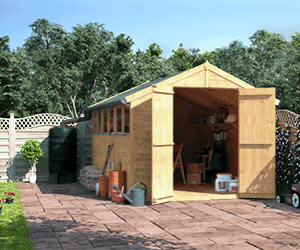

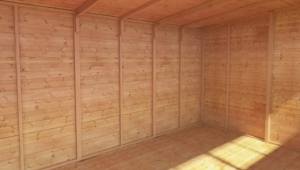


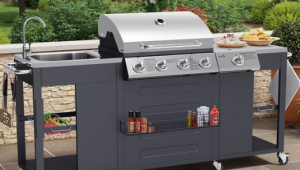


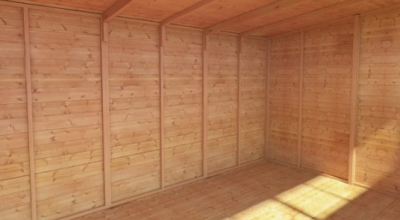
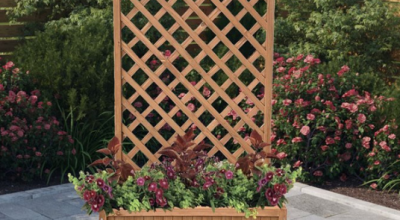

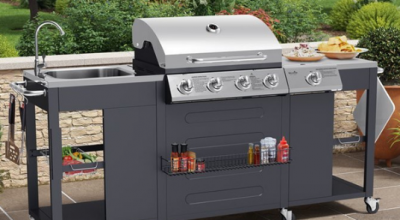

What do you think ?